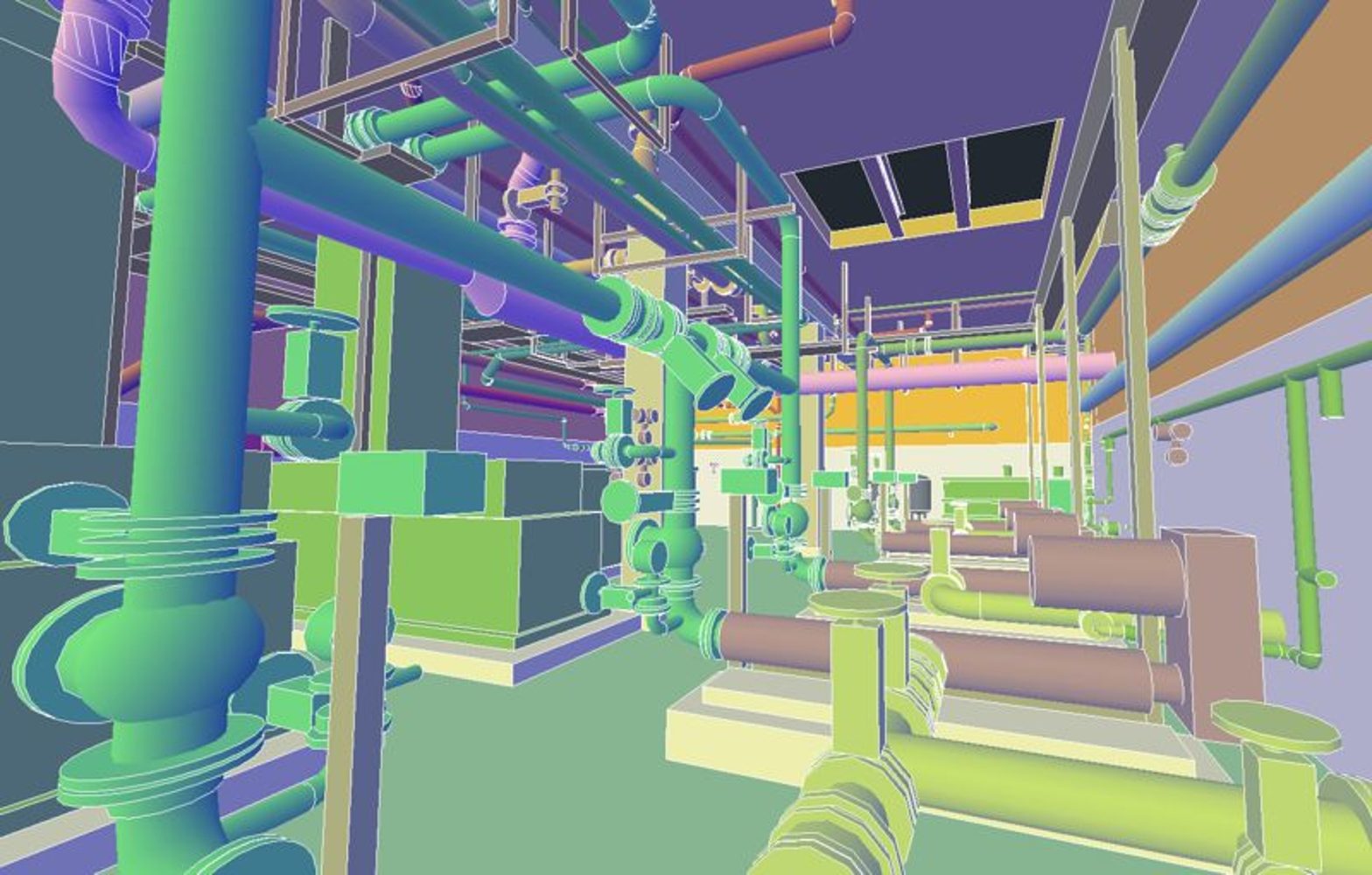In the vibrant city of Adelaide, a digital revolution is underway. The advent of 3D scanning technology has transformed the way we capture and recreate the physical world. 3D scanning has become an invaluable tool across various industries, from preserving historical artifacts to aiding architectural designs. This article delves into the fascinating world of 3D scanning Adelaide, uncovering its applications, benefits, and positive impact on innovation and creativity.
1. The Art of Preservation :
Adelaide, a city rich in history and culture, has numerous heritage sites, museums, and galleries. Thanks to 3D scanning, these treasured artifacts can now be digitally preserved with unparalleled precision. By capturing detailed three-dimensional scans, experts can create virtual replicas of delicate artworks and historical relics, ensuring their preservation for future generations. This technology allows researchers, conservationists, and historians to study and analyze these objects from different angles, enhancing their understanding and knowledge of the past.
2. Revolutionizing Design and Architecture:
Architects, interior designers, and urban planners in Adelaide are harnessing the power of 3D scanning to revolutionize their creative processes. By scanning existing structures and environments, they can create accurate digital models and visualizations. They enable them to experiment with design variations, test structural integrity, and evaluate the impact of proposed changes before implementing them physically. 3D scanning also aids in capturing precise measurements for renovations or additions, streamlining the design process and minimizing errors. This technology has become invaluable, enhancing the efficiency and accuracy of design and construction projects throughout Adelaide.
3. Advancements in Manufacturing and Engineering :
The manufacturing and engineering industries in Adelaide have embraced 3D scanning as a game-changer. With the ability to capture intricate details of physical objects, manufacturers can create exact digital models that serve as the basis for prototyping and production. 3D scanning allows for the reverse engineering of parts, enabling manufacturers to replicate or improve existing components quickly. This technology also facilitates quality control by comparing scanned objects with their digital counterparts, ensuring manufacturing accuracy and minimizing defects. Integrating 3D scanning has improved efficiency, reduced costs, and accelerated innovation in the manufacturing and engineering sectors.
4. Empowering Healthcare and Medical Research :
The healthcare and medical research fields in Adelaide are experiencing a profound transformation through the implementation of 3D scanning technology. Surgeons can now generate patient-specific 3D models of organs or skeletal structures, allowing for precise preoperative planning and simulation. This technology has proven beneficial in complex surgical procedures, reducing risks and improving patient outcomes. Furthermore, researchers can use 3D scanning to create accurate anatomical models for medical education, improving the training of future healthcare professionals. Integrating 3D scanning has opened up new frontiers in personalized medicine, revolutionizing patient care in Adelaide.
Conclusion: The rise of 3d scanning lidar has unlocked a world of possibilities across various industries. From preserving cultural heritage to revolutionizing design, manufacturing, and healthcare, its impact is undeniable. As the digital revolution continues, Adelaide stands at the forefront, embracing innovation and harnessing the power of 3D scanning to shape a brighter future.

